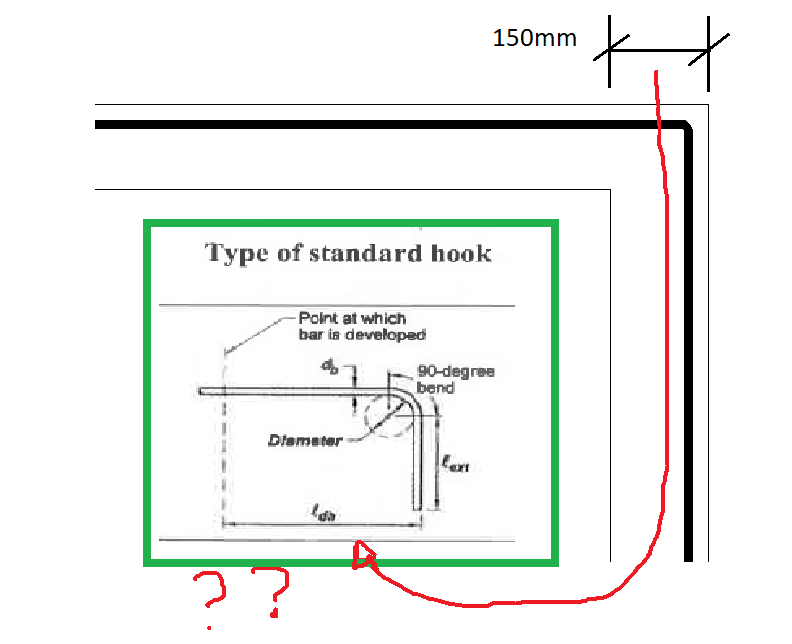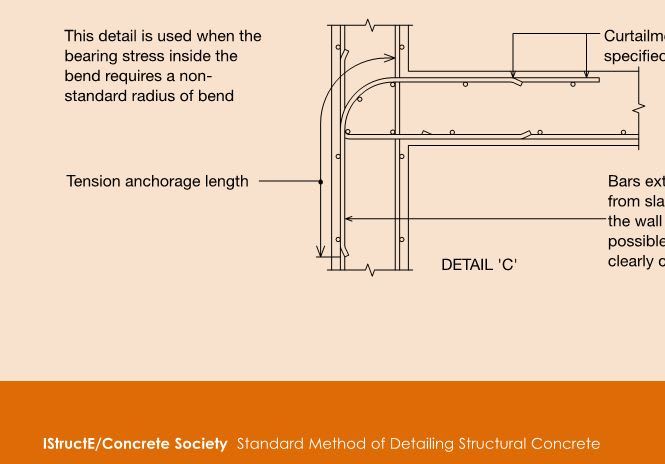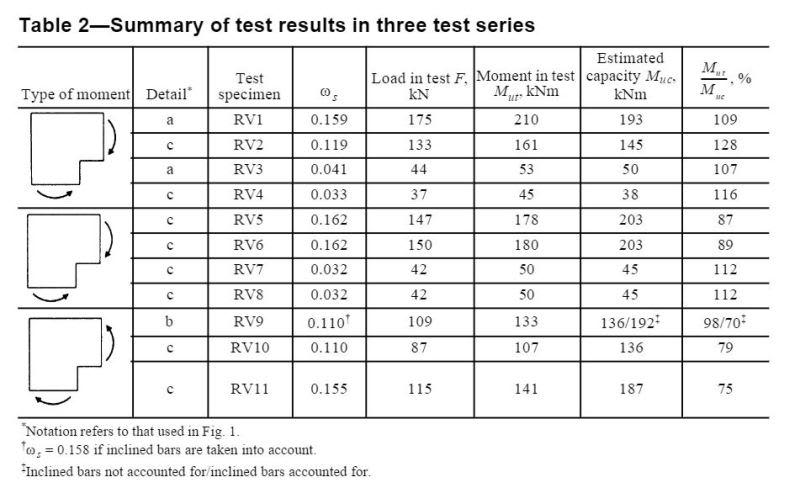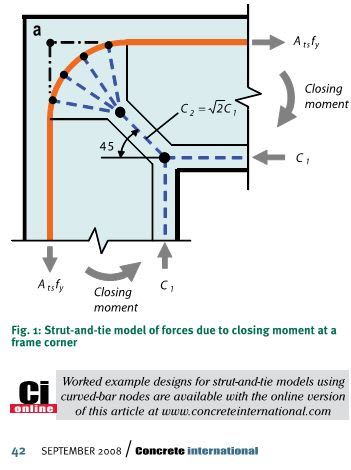istruct1980
Structural
- Jun 29, 2019
- 19

hello, how do you handle this the of problem wherein your computed development length required exceeds the provided length, say
the wall support thickness is only 150mm or effective depth is only around 120mm, but the required length is 300mm?



